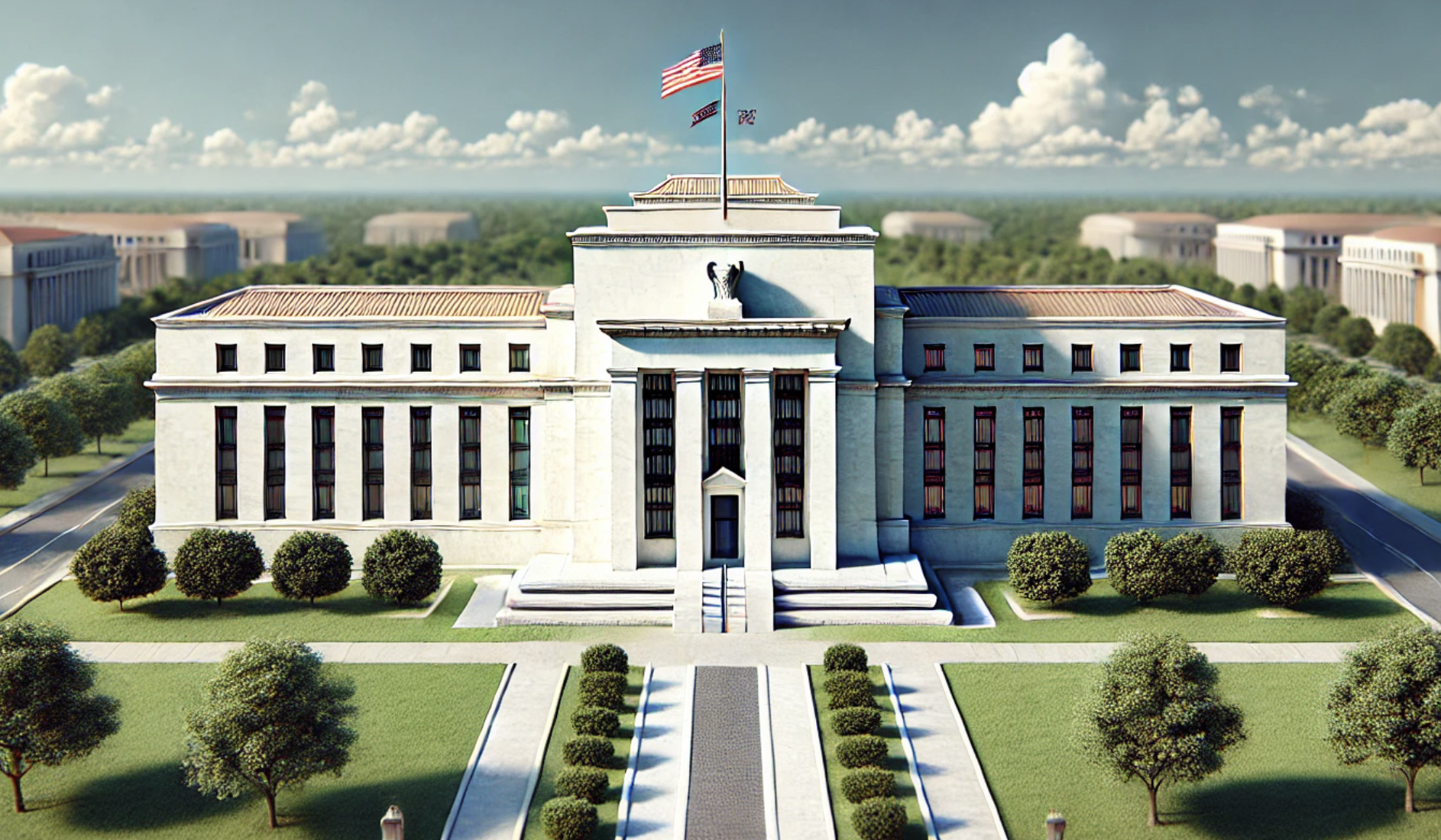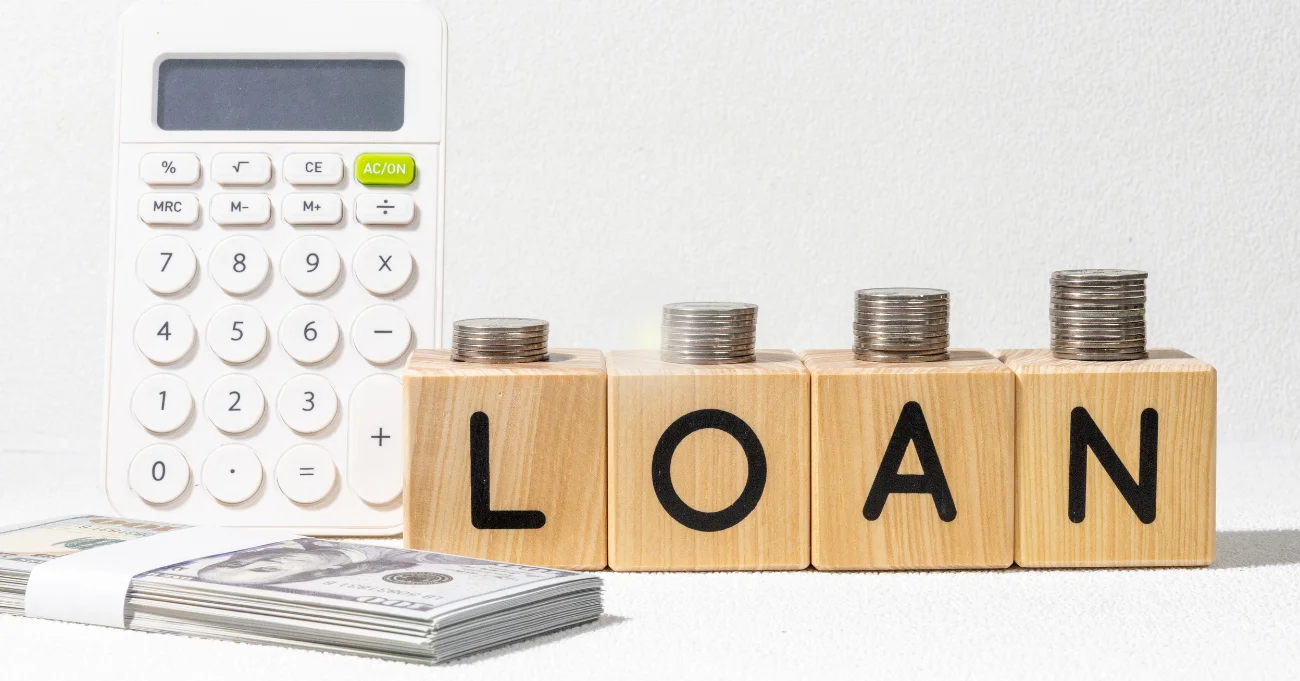If you pay attention to the media at all, there’s a chance you’ve heard the term “Fed Rate Cut” thrown around — but what exactly does that even mean?
The Federal Reserve’s decisions around interest rates have far-reaching implications for the economy, affecting everything from mortgage rates to credit cards. According to the CME Group’s FedWatch tool, which uses 30-Day Fed Funds Futures prices to predict whether or not the Fed is going to cut rates, there’s currently a 95.5% probability that the Fed drops their target rate by 25 basis points to 450-475.
But if you aren’t familiar with any of these terms, your mind is swimming in a sea of jargon right now.
Don’t worry: In this article, we’ll break down what a Fed rate cut really is, why it happens, and how it impacts you.
Understanding the Fed Rate Cut
What Is the Fed Rate?
The federal funds rate, often referred to as the “Fed rate,” is the interest rate at which banks lend money to one another overnight. Essentially, it’s the benchmark rate for short-term borrowing, and it influences various other interest rates across the economy. This rate is determined by the Federal Reserve, which is the central bank of the United States.
The Fed sets a target range for the federal funds rate and uses tools like open market operations to ensure it stays within that range. When the Fed changes this rate, it sends ripples through the economy — impacting how much it costs businesses and consumers to borrow money.
What Is a Fed Rate Cut?
A “Fed rate cut” refers to the Federal Reserve lowering the target range for the federal funds rate. The Fed does this to stimulate economic growth, especially during times of economic slowdown or recession. Lowering the rate makes borrowing cheaper for businesses and consumers, which can lead to increased spending, investment, and economic activity.
For example, if the economy is slowing down and consumer spending is low, the Fed might decide to cut rates. The hope is that cheaper loans will encourage people to buy houses, cars, or make other major purchases—and for businesses to invest in expanding their operations.

How Does Employment Effect A Fed Rate Cut?
Employment levels are a factor in the Federal Reserve’s decision-making process for setting interest rates. When employment is strong – meaning low unemployment and steady job growth – it can indicate a healthy economy. However, if employment data show signs of weakness, such as slowing job creation, rising unemployment, or lower workforce participation, the Fed may consider a rate cut to stimulate economic growth.
Interestingly enough though, the U.S. central bank is on track for rate cuts at each of the Fed’s last two meetings this year, despite much stronger-than-expected job growth in September reported earlier this month, according to Reuters. This is in part due to the recent U.S. Labor Department report that showed job openings dropped last month to their lowest since January 2021. It will be interesting to see what ends up happening.
However, neither the Labor Department report nor other data released on Tuesday indicated a sudden or severe downturn in the labor market. While there may be signs of moderation in job growth, the data does not point to an immediate or dramatic weakening. Employment levels remain stable enough to suggest that, although the labor market may be cooling slightly, it is not on the brink of a sharp collapse.
The Impact of a Fed Rate Cut
How the Fed Rate Cut Affects Mortgage Rates
Mortgage rates tend to decline in tandem with the Fed rate, but this isn’t always necessarily the case. The Federal Funds Rate directly affects short-term interest rates, while mortgage rates are influenced by a combination of factors, including long-term bond yields, inflation expectations, and overall economic conditions.
When the Fed cuts rates, it often signals an easing of monetary policy, which can lead to lower mortgage rates over time. However, other factors can offset this effect (especially in the short term). For instance, if investors become concerned about inflation or the stability of the financial system, mortgage rates might increase even when the Fed rate is declining.
A recent example of this occurred when the Fed cut rates, but mortgage rates slightly increased. This divergence can happen when financial markets anticipate future economic conditions differently from the Fed’s actions. Mortgage rates are often tied to the yield on 10-year Treasury bonds, which can fluctuate based on investor sentiment, geopolitical events, or changing economic forecasts.
In other words, while a Fed rate cut generally leads to lower mortgage rates, it’s not a guarantee. Prospective homebuyers should keep an eye on both Fed policy and broader market trends to understand how mortgage rates might change.
However, that’s a loaded way of saying: Even though the Fed just “cut rates,” they didn’t cut mortgage rates. Mortgage rates might take some time to come down even if the Fed cut the Federal Funds Rate.

How Much a 25 Basis Point Rate Cut Would Save a Theoretical Homebuyer
How does this all look in practice?
Well, let’s look at how much the typical homebuyer would save if they were to take out a $450,000 mortgage to help buy their home.
$450,000 at a 7% interest rate would equal a monthly mortgage payment of $2,994 on a typical 30-year fixed-rate mortgage (not including taxes and insurance.
Meanwhile, $450,000 at a 6.75% interest rate would equal a monthly mortgage payment of $2,919, roughly $80 less.
That might not sound like much, but you have to keep in mind that those are fixed rate payments over 30 years.
Over the course of that 30-year loan, even that tiny .25% rate cut saves a homebuyer $27,000.
So you can imagine the difference between someone who bought their home in today’s market (with 7%+ interest rates) and someone who purchased their home during the all-time-low interest rates of 3-4%.
Just for the sake of illustration, at a 3.5% interest rate, your monthly mortgage payment on a $450,000 loan would only be $2,020. That’s a difference of almost $1,000 for the exact same house. Over the course of the loan, the buyer who purchased at a low rate would save $350,000 compared to the buyer who purchased at 7% rates.
In summary:
- $450,000 mortgage at 7% interest = $2,994 monthly payment
- $450,000 mortgage at 6.75% interest = $2,919 monthly payment
- $450,000 mortgage at 3.5% interest = $2,020 monthly payment
That’s the power of interest rates – and they can have a massive effect on the economy.
How the Fed Rate Cut Affects the Real Estate Market
One major factor keeping people from buying homes is their debt-to-income (DTI) ratio – which you probably know all about if you’ve ever applied for a loan. Luckily we here at Defy have options that don’t even use your DTI ratio, like our DSCR loans.
As the cost to borrow decreases, their theoretical post-home-purchase DTI drops significantly. This effectively expands the pool of potential buyers, making homeownership attainable for more individuals. With more buyers in the market, home prices are likely to rise.
For instance, a 1% drop in interest rates could potentially increase affordability for borrowers, thereby increasing home prices by several percentage points. Some estimates suggest that for every 100 basis point drop, home prices could increase by 5-10%, depending on other economic conditions.

How the Fed Rate Cut Affects Savings and Inflation
While lower rates can be a boon for borrowers, they are less favorable for savers. Interest rates on certificates of deposit (CDs) and savings accounts tend to decline following a Fed rate cut, leading to lower returns for those looking to grow their savings. This environment encourages consumers to spend rather than save, as the incentive to earn interest on savings diminishes.
Additionally, lower interest rates can potentially lead to higher inflation. When borrowing is cheap, consumer spending tends to increase, which can push up demand for goods and services. If supply doesn’t keep up with rising demand, prices may increase, contributing to inflation. The Fed aims to balance stimulating growth with controlling inflation, which is why its decisions are carefully monitored.
How Do Fed Rate Cuts Affect You?
- Impact on Consumers: For consumers, Fed rate cuts mean lower interest rates on loans, mortgages, and credit cards. If you’re considering making a large purchase, such as buying a car or a home, a rate cut might make it more affordable. However, lower rates also mean that savings accounts and CDs will earn less interest.
- Impact on Investors: For investors, lower interest rates can be a mixed bag. The stock market often reacts positively to rate cuts, as cheaper borrowing costs can boost corporate earnings. However, the bond market may see falling yields, which can affect income-seeking investors. Real estate investors might benefit from lower mortgage rates, making property investments more attractive.
- How Individuals Can Prepare: To benefit from a Fed rate cut, consumers can consider refinancing high-interest debt, locking in a lower mortgage rate, or investing in sectors that tend to do well in a low-rate environment, such as real estate and equities. On the other hand, savers might want to explore alternative investment options that offer higher returns than traditional savings accounts.
Will There Be More Fed Rate Cuts in 2024?
It seems like markets are anticipating that the Federal Reserve might make another move in November’s upcoming Fed meeting to ease monetary policy, responding to economic indicators or financial conditions suggesting slower growth or cooling inflation. The anticipated 0.25% cut would indeed bring the federal funds rate target range down to 4.5%-4.75%, signaling a continued shift towards a more accommodative stance after the 0.5% reduction in September.
This trend could imply the Fed’s focus on supporting economic stability amid a potential slowdown, though the decision will hinge on data up to November 7. Investors, businesses, and consumers will be watching closely, as lower rates can encourage borrowing and spending, affecting everything from consumer loans to stock market activity.
The Fed’s announcement and subsequent press conference will offer additional insights into their outlook and plans for economic support moving forward.
A Fed rate cut of at least 0.25% appears highly probable on November 7 though not promised. While a larger 0.5% reduction remains unlikely, a concerning jobs report could increase the odds of a more substantial cut.
In the upcoming Fed meeting, the FOMC is expected to maintain guidance toward further rate cuts in the medium term, leaving the key question around how low rates might trend for the remainder of 2024 and into 2025.

Final Thoughts on the Fed Rate Cut (What to Expect Going Forward)
As we mentioned above, it looks like the Fed will be cutting interest rates by at least 25 basis points in the next week. What they’ll do after that is anyone’s guess, since the economy is wildly unpredictable.
However, most experts agree that the Fed will likely continue to drop rates, making it easier for more and more people to afford to purchase property.
In simple terms, a Fed rate cut makes borrowing money cheaper in order to encourage spending and investment. This move is aimed at boosting economic activity during times of slowdown. Understanding the Fed rate and how its changes affect you can help you make more informed financial decisions—whether you’re looking to take out a loan, buy a home, or simply manage your savings.
If you’re keeping an eye on economic news, it’s good to understand how changes in the Fed rate might impact your financial life. Whether it’s a rate cut or a hike, the Fed’s decisions are a key indicator of the broader economic outlook.
Interested in exploring how a Fed rate cut could benefit you personally? Book a call with Defy today to explore refinance options and see how you can make the most of the current rate environment.




